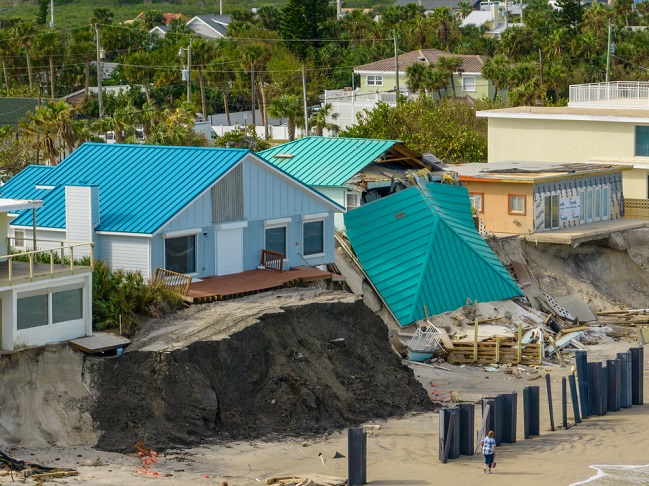A Clear and Present Danger
To many, my desk is a cluttered mess or a jigsaw puzzle of disconnected pieces that can never be assembled into a coherent picture. To me, my desk is a highly organized panorama of easily accessible tools of my craft interspersed with remembrances and waypoints of travels, adventures, people, places, joys, sorrows, hopes, philosophies, beliefs and responsibilities.
I was looking at one of these waypoints, a piece of scrimshaw, when the phrase “full and best use” came to mind. It is a phrase I seldom hear used these days, and even then, not in its original context.
My history with the term stems from one’s obligation to honor what had been taken from Nature. If you took a deer or a rabbit, or collected seashells, or dug fossils from the riverbank, how did you honor the find or the gift? The notion may seem quaint or irrelevant in today’s world of rapid commodification, manufactured obsolescence, and mindless disposal of the no-longer-popular… yet “full and best use” is a question we need to ask and a lesson we need to relearn and practice for the sake of our future welfare and happiness.
In the example of the deer, it was not enough to kill the deer and take the meat. You were also responsible for the “full and best use” of the fur, the bones, the sinew, and all the other parts that made up the living animal. You were not supposed to waste any part of that which you had taken, and you were to repair any harm you had done in the process of acquiring the gift you sought. You were also supposed to say thank you to, and for, the deer.
Last week my thank-you was for the miss. Hurricane Idalia blew by the community in which I live. She was nearly 200 miles to the west, but still triggered storms, winds and waves that flooded and closed roads, eroded beaches, knocked out power, and closed schools and businesses. She got her name when she became a tropical storm. Having lived through both tropical storms and major hurricanes, one can become overly complacent. When I first saw her on a weather map, she was far enough away that she became a thought to remember, not an action to be taken. A couple of days later, she was a Category 1 hurricane with a vague cone of uncertainty about her future movements. But then Hurricane Idalia did something to remind me that today’s hurricanes are NOT the hurricanes of my youth. As Idalia became better organized and as I looked at the data for surface water temperatures in the Gulf of Mexico, it was clear that she was not going to stay a Category 1 storm. There was too much heat upon which she could feast. And feast she did while rapidly intensifying. She was a Category 3 when she blew by us, grew to a Category 4, then came ashore as a Category 3. Hurricane Idalia completely decimated some old and treasured coastal towns.
Of course, while we focused on our own local emergency, we paid little attention to the historic wildfires in Greece, or the floods in Libya, Peru, Ecuador, Brazil and China. Nor did we give much time to the simultaneous drought and famine in Africa. There were also heat waves in Asia, Africa, Europe and South America. And almost nobody mentioned the marine heat wave in the Pacific, or the rapid glacier melt in Antarctica, or the spike in ice melt in Greenland.
There was a time, when for years, decades… even generations, one could reasonably consider weather ‘anomalies’ as separate and independent from each other. But these are NOT those times.
When we personally, socially and economically forgot the obligation of “full and best use” and accepted pollution as an externality of doing business, we put ourselves on track to generate global warming which is the trigger of the climate change and extreme weather events that we are now suffering from.
WE have warmed the planet. WE have heated the atmosphere and the oceans. WE have given birth to the common cause of the weather, floods, fires, droughts, heat, glacier melt, hurricanes, cyclones and typhoons we do not like or want. WE have caused the loss of habitats and biodiversity and an ever-growing expanse of invasive species.
It does not matter that this is not what WE intended to do. WE did it. WE (people, businesses, governments) can no longer think as we did in 1950 or 1970 or 1990 that these events are isolated, separate, short-term and surprise emergencies that WE occasionally need to recover from.
WE have created a set of laws, policies, and processes which ensures that these events will reoccur on a regular basis and on a growing scale of harm and cost to citizens, businesses, governments and the environment.
WE need to plan and prepare to provide significantly more aid and more timely support to the victims. The financial impact of these events can no longer be regarded as an externality to national, provincial and local budgets. But most importantly, WE must understand that the manifestations of the disasters are only symptoms, not causes. WE need to end the harm WE are causing.
“The environment can be humanity’s greatest friend or,
if poorly managed, our most implacable foe.”
Achim Steiner
Administrator of the United Nations Development Programme,
Vice-Chair of United Nations Sustainable Development Group.
“Making peace with nature is the defining task of the 21st century.
It must be the top, top priority for everyone everywhere.”
Antonio Guterres
United Nations Secretary-General
After all, Nature bats last. So perhaps WE should play with the winning side… not against it.

